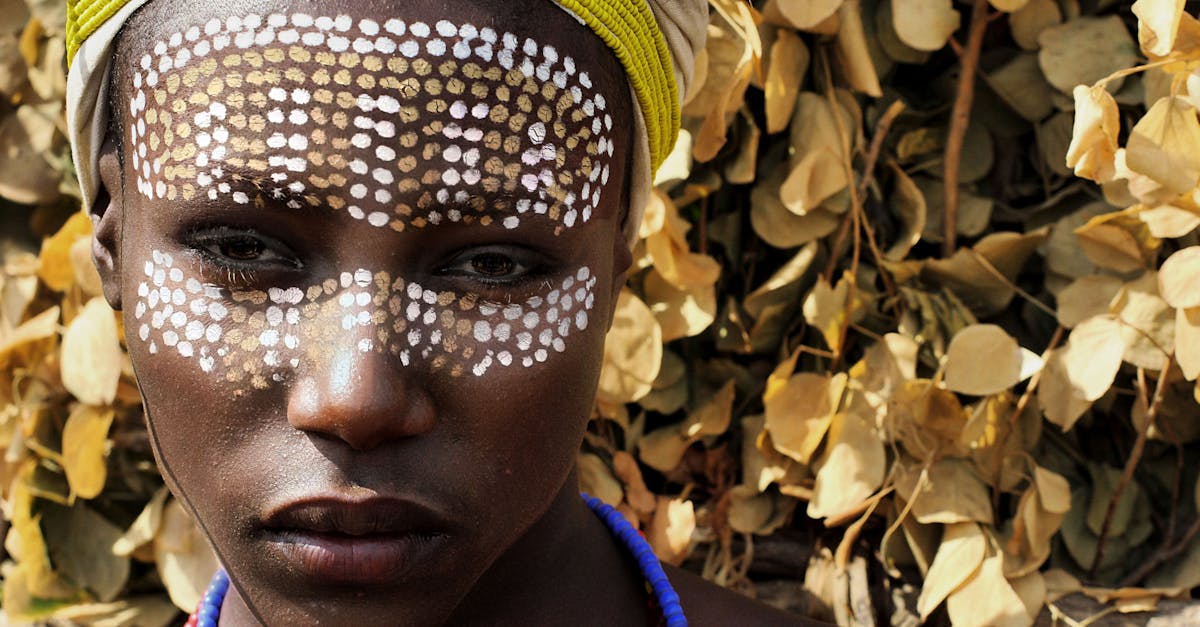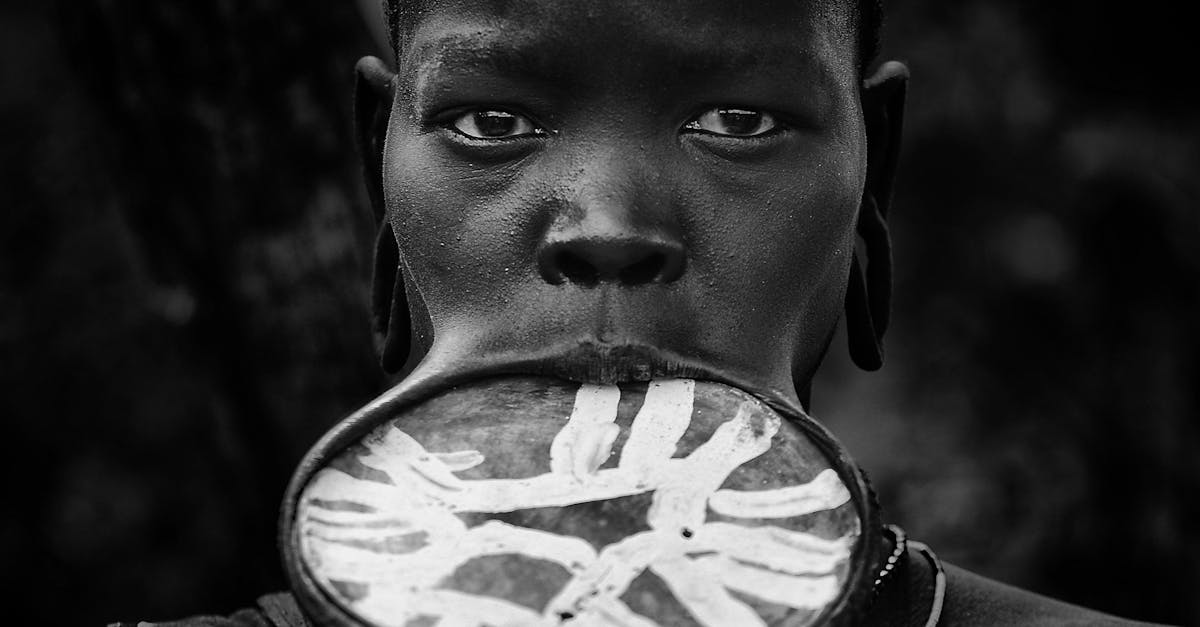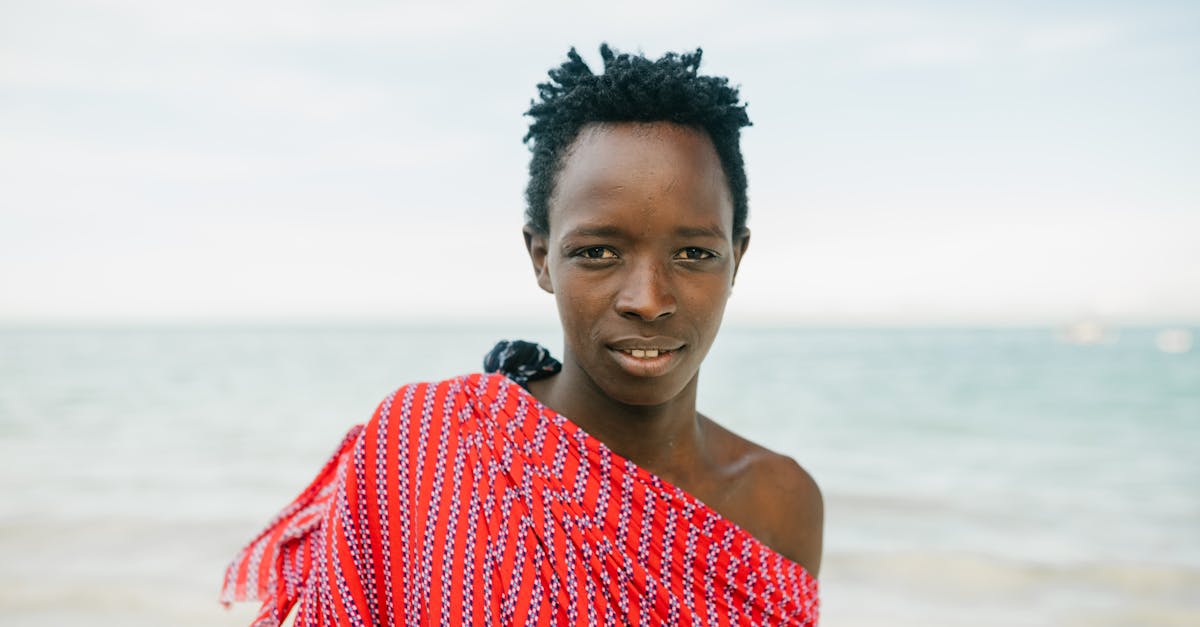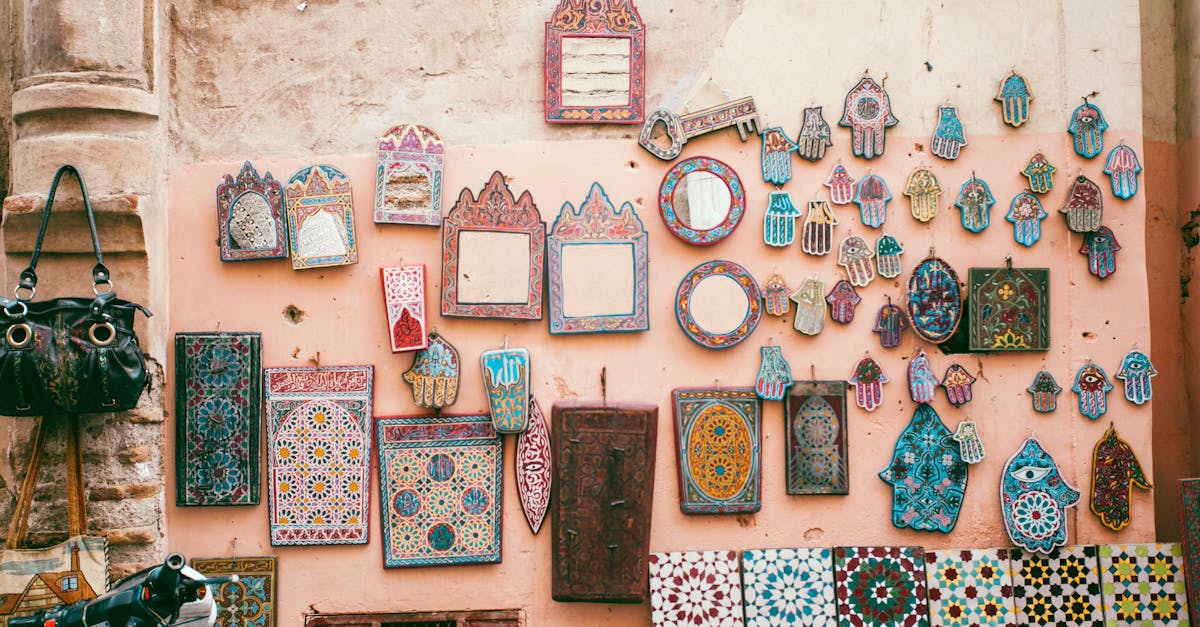Discover the essence of Alaska’s rich Native culture – a tapestry of traditions, beliefs, and heritage that has shaped the identity of the Last Frontier. Let’s delve into the vibrant history and profound significance of Alaska’s Indigenous peoples, unveiling a world of ancient wisdom and enduring customs.
Exploring the diverse heritage of Alaska’s indigenous peoples

Alaska is a land rich in history and culture, home to a diverse array of Indigenous peoples whose traditions and heritage stretch back thousands of years. From the Iñupiat in the north to the Tlingit in the southeast, each group has its own unique customs, languages, and art forms that contribute to the vibrant tapestry of Alaska’s Native culture.
a history of alaska’s indigenous people
The history of Alaska’s Indigenous peoples is one of resilience and survival in the face of colonization and cultural assimilation. For centuries, these communities have endured hardships and challenges, yet they have managed to preserve their traditions and stories, passing them down from generation to generation. Today, Alaska’s Native peoples continue to thrive and celebrate their heritage, keeping their cultural practices alive through dance, storytelling, and art.
celebrating native american heritage month
In November, communities across the United States, including Alaska, come together to honor American Indian and Alaska Native Heritage Month. This is a time to recognize the contributions and achievements of Indigenous peoples, as well as to raise awareness about the rich cultural diversity that exists within Native communities. Events such as powwows, art exhibits, and traditional ceremonies showcase the beauty and complexity of Alaska’s Native culture.
revitalizing indigenous connections
As Native American Heritage Month approaches in 2022, there is a growing recognition of the importance of revitalizing Indigenous connections and celebrating the resilience of Alaska’s Native peoples. By acknowledging the past and fostering a deeper understanding of Indigenous histories, we can ensure that future generations continue to honor and respect the diverse heritage of Alaska’s Indigenous communities.
exploring the gray area between cultural appreciation and appropriation
One of the challenges facing Alaska’s Indigenous communities is navigating the fine line between cultural appreciation and appropriation. As non-Native individuals and organizations seek to engage with Alaska Native culture, it is essential to approach these interactions with respect and sensitivity. By listening to and learning from Native voices, we can ensure that cultural exchange is done in a way that is mutually beneficial and honors the traditions of Alaska’s Indigenous peoples.
In conclusion, Alaska’s Native culture is a treasure trove of history, art, and tradition that deserves to be celebrated and preserved. By exploring the diverse heritage of Alaska’s Indigenous peoples, we can gain a deeper appreciation for the richness and complexity of Native cultures and work towards a future where their traditions continue to thrive.
The significance of traditional practices and ceremonies

Alaska is a land rich in indigenous history and cultural traditions that have been passed down through generations. Exploring Alaska Native Culture allows us to delve into the traditional practices and ceremonies that define and shape the identity of the native communities in the state.
Alaska Native Cultural Experiences in National Parks
Many of Alaska’s national parks offer Alaska Native cultural experiences that provide visitors with a glimpse into the rich heritage of the indigenous peoples. From storytelling sessions to traditional dance performances, these experiences allow visitors to immerse themselves in the customs and traditions of Alaska’s native communities.
Athabascan Culture in Alaska
The Athabascan people are one of the many indigenous groups in Alaska with a rich cultural heritage. Their traditional practices, such as fish wheel fishing and beadwork, offer insights into their deep connection to the land and the resources it provides.
Revitalizing Indigenous Connections
Celebrating events like Native American Heritage Month plays a crucial role in revitalizing and honoring indigenous connections. By acknowledging and appreciating Alaska’s native cultures, we can work towards preserving and celebrating the traditions that have been at the core of these communities for centuries.
Skindeginous Documentary
The documentary series Skindigenous sheds light on the traditional tattooing practices of indigenous cultures around the world, including Alaska Native communities. Through this lens, we gain a deeper understanding of the cultural significance of body art in these communities.
Indigenous Fire Practices
Indigenous fire practices have long shaped the landscapes of Alaska. By understanding and respecting these traditional methods of land management, we can learn valuable lessons about sustainable stewardship of the environment.
Alaska Native Fashion Designers
Alaska Native fashion designers are gaining recognition for their innovative designs that incorporate traditional motifs and techniques. Through their work, they are not only preserving cultural practices but also showcasing them on a global stage.
Subsistence Living
Subsistence living is a key aspect of Alaska Native culture, reflecting a deep-rooted connection to the land and its resources. Practices such as hunting, fishing, and gathering are not just livelihoods but integral parts of the cultural identity of native communities in Alaska.
By exploring the traditional practices and ceremonies of Alaska Native cultures, we gain a deeper appreciation for the rich heritage that these communities have preserved for generations.
Preserving ancestral languages and storytelling

preserving ancestral languages through education and community initiatives
The preservation of ancestral languages within Alaska’s Native cultures is a pressing concern that many communities are actively addressing. From the damaging impacts of Native American boarding schools to the continued efforts to revive and pass down traditional languages, the importance of linguistic heritage cannot be overstated.
– Native American Boarding Schools Took Children’s Culture:
The legacy of Native American boarding schools in Alaska is a dark chapter in history that significantly impacted the transmission of ancestral languages. These schools aimed to assimilate Native children into mainstream society, resulting in the loss of language, culture, and identity for many individuals. The traumatic experiences endured by students at these institutions have had long-lasting effects on Alaska Native communities.
– Communities work to preserve and maintain their Yup’ik language:
Despite these challenges, many Alaska Native communities are working diligently to preserve and revitalize their ancestral languages. The Yup’ik people, for example, have implemented language programs in schools and communities to ensure the continued use and transmission of their unique language. These efforts not only serve to preserve linguistic diversity but also strengthen cultural identity and connection to ancestral heritage.
reviving storytelling traditions to safeguard cultural knowledge
In addition to preserving ancestral languages, storytelling holds a special place in Alaska Native culture as a means of passing down traditional knowledge, history, and values from one generation to the next. The art of storytelling serves as a powerful tool for cultural preservation and serves to strengthen community bonds.
– Telling All Americans’ Stories: Introduction to Indigenous Heritage (U.S):
Storytelling is a cornerstone of Indigenous heritage, providing a platform for sharing diverse perspectives and histories. By amplifying Indigenous voices and narratives, storytelling contributes to a more inclusive and accurate representation of Alaska Native cultures within the broader American context.
– How Indigenous memories can help save species from extinction:
Beyond serving as a means of cultural preservation, Indigenous stories and memories also play a vital role in environmental conservation efforts. Traditional ecological knowledge passed down through storytelling can help protect species and ecosystems from threats such as extinction and climate change. By recognizing the interconnectedness of all living beings, Alaska Native communities contribute valuable insights to global conservation initiatives.
In conclusion, the preservation of ancestral languages and storytelling traditions within Alaska Native cultures is essential for maintaining cultural identity, passing down traditional knowledge, and safeguarding Indigenous heritage for future generations. Through education, community initiatives, and a collective commitment to revitalizing linguistic and narrative traditions, Alaska Native communities continue to thrive and celebrate their rich cultural heritage.
